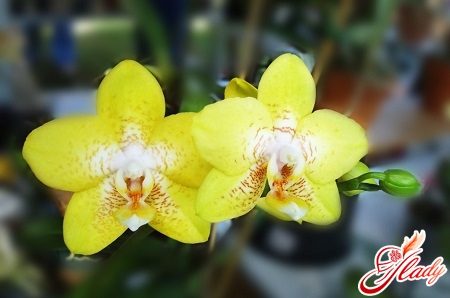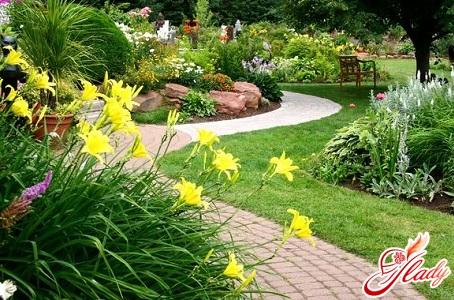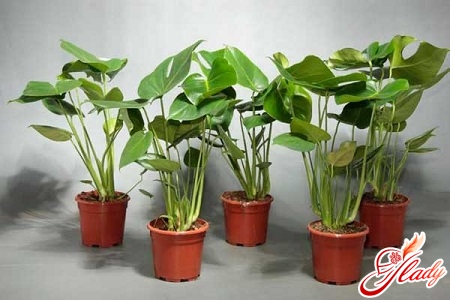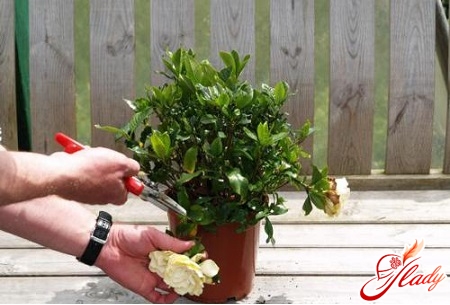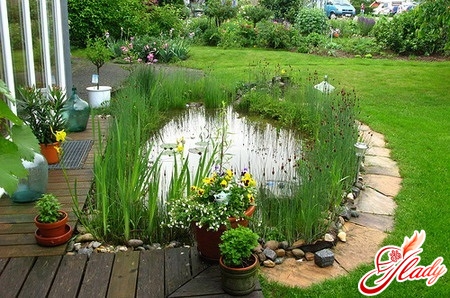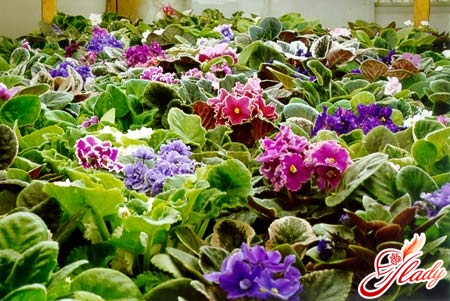 Long and firmly established in our mindsthe notion that our home is our fortress. So, here we are in full, or rather in relative safety. In the relative, because even in our own home of all kinds of dangers (hidden and obvious) is more than enough to doubt the strength of the house-fortress. To the number of such internal dangers can be attributed and poisonous domestic plants. Of course, you can keep them in the house. But, first, you need to know which house flowers are poisonous. Secondly, which (and for whom) danger do they represent. And, thirdly, it is necessary to master the general rules of handling these plants. Let's start in order.
Long and firmly established in our mindsthe notion that our home is our fortress. So, here we are in full, or rather in relative safety. In the relative, because even in our own home of all kinds of dangers (hidden and obvious) is more than enough to doubt the strength of the house-fortress. To the number of such internal dangers can be attributed and poisonous domestic plants. Of course, you can keep them in the house. But, first, you need to know which house flowers are poisonous. Secondly, which (and for whom) danger do they represent. And, thirdly, it is necessary to master the general rules of handling these plants. Let's start in order.
List of poisonous indoor plants
Practically in any family of indoor flowersthere are poisonous representatives. And that's surprising, the brighter, more beautiful and interesting the plant, the more likely it will turn out to be poisonous. Here is a small list of poisonous plants that very often "live" in in our homes and offices:
- aral: ivy or heder, polisias, fatsia, shefflera;
- aroids: aglaonema, alocasia, anthurium, arizema, diffenbachia, zandedeskia, kala, ryshardia, zamiokulkas, caladium, monstera, syngonium, spathiphyllum, philodendron, scindapsus;
- amaryllis: amaryllis belladonna, hypteastrum hybrid, hemanthos, cinnabar cleavage, eucharis large-flowered "Amazonian lily";
- kutrovye: adenium, allamanda, dipladeniya, vatarantus (pink periwinkle), oleander, pahipodium;
- Solanaceae: ornamental pepper, brilia, brunfelsia, brugmansia, datura (angelic pipes), nightshade;
- Euphorbia: azalea, acalifa, croton, spurge, poinsettia (Christmas star), jatropha;
- Lilac: luxurious gloriosa (royal lily);
- olive: yellow jasmine;
- primrose: cyclamen.
Strictly speaking, the list can be continued and continued. After all, to poisonous houseplants are about ten thousand species of pets. What is their danger?
The Danger of Poisonous Plants
Poisonous can be like the whole plant as a whole, soand only some of its parts: milky or cellulose juice, berries, flowers, roots, bulbs, leaves. Plants with poisonous juice. These are, first of all, plants of the family of euphorbia. In resins, almost all the milkweed contains poisonous substances, the poisoning of which can take place in a very severe form. If they get on the skin, they cause mild irritation, burns or even ulcers. Getting on the mucous membranes, the juice of the milk plants causes inflammation of the eyes and mouth, disorders, digestion (nausea, vomiting, diarrhea) and nervous activity. A similar effect is exerted by the cellular juice of some plants of the family of aroids, kutra and amaryllis (amarillic poisoning occurs when they eat a bulb of a plant). Plants that have poisonous organs. This, first, plants with poisonous berries of the Solanaceae family. Beautiful orange and red berries are especially dangerous for children who can not resist the temptation to try these tempting fruits. Some of their cucumbers are dangerous with their leaves and flowers (the most insidious of them is oleander). Once in the body of a person or animal, the poison of these plants causes disruption of the heart. In addition, some domestic poisonous plants can only be conditionally called such. Some indoor flowers are dangerous for allergy sufferers. In general, pollen allergies can trigger an allergic reaction, but allergens and non-flowering plants are secreted. These include all known geraniums, ferns, the already mentioned oleander and some amaryllis. In addition, even the land in which indoor flowers grow can be dangerous for allergy sufferers, since it contains microscopic fungi that cause allergies. In addition to people prone to allergies, poisonous houseplants are dangerous for quite healthy people and pets. 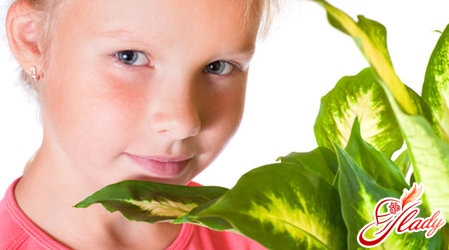
Risk group
Who is in this group? The most vulnerable to poisonous plants are children and domestic animals. If small children live in the house, it is best to get rid of poisonous flowers or take them to places that the child is not available. Pets also have an increased interest in house plants. Cats and dogs, hamsters and guinea pigs, parrots and canaries can easily chew (poklevat) green leaves and as a result get a serious poisoning, which can result in even the death of the animal. Particularly not indifferent to indoor flowers are cats and parrots (it is known that they very much like young greenery). Adults are less vulnerable to poisonous domestic plants. Still, some of them are also at risk. These are already mentioned allergies and those who are in charge of flowers. Strangely enough, but very, very many especially decorative plants actually turn out to be insidious poisoners. Therefore, they are still grown at home. By and large it is quite safe, if you comply with certain rules.
Security measures
It is understood that small children and petsit is almost impossible to make cautious handling of indoor plants. In the case where there are children at home, the plant can be isolated from the child, but with cats this number will not work. If the animal poses a goal, it will still reach the flower. The only way out is to get rid of potential sources of danger (or not start pets). However, for children and animals only those plants that are toxic to the aerial parts are dangerous. Plants with millet tubers are unlikely to harm both. When growing and caring for poisonous plants, it is also necessary to comply with safety measures. When working (especially cuttings and transplants), rubber gloves should be worn. This measure is necessary in order to protect your hands from the poisonous juice of plants. And also you need to make sure that this juice does not get into the eyes or mouth. If all the same poisonous juice has got on a skin or inside, it is necessary to take emergency measures:
- In case of skin contact, wash the affected area thoroughly with running water and soap;
- when poisonous juice enters the eyes, they must be rinsed under a stream of water for ten to twenty minutes;
- when the juice or part of the poisonous flower gets inside, you need to drink water with activated carbon or induce vomiting to remove a swallowed piece from the stomach;
- when severe poisoning with loss of consciousness, cramps or rapid heartbeats, you need to urgently call an ambulance.
What categorically can not be done with poisoningpoisonous plants, so it is to drink milk. Contrary to popular belief, it not only does not help in such cases, but also enhances the effect of some fat-soluble poisons. And yet you should not be frightened. Far from all the flowers are roomy poisonous so much. Most of them can only do slight damage, without much damage to health. And yet, when acquiring (or intending to do so) the plant you like, it is worthwhile to learn about it in detail. If you are ready to keep a beautiful but dangerous indoor flower at home, be prepared to resist his "poisonous essence." Although in most cases all these potential "poisoners" are actually quite harmless, they feel good in our homes and do not cause special troubles. So without special need (children and animals in the house or a tendency to allergies) do not give up the enchanting croton or gentle cyclamen, just be careful - and everything will be fine! We advise you to read:




